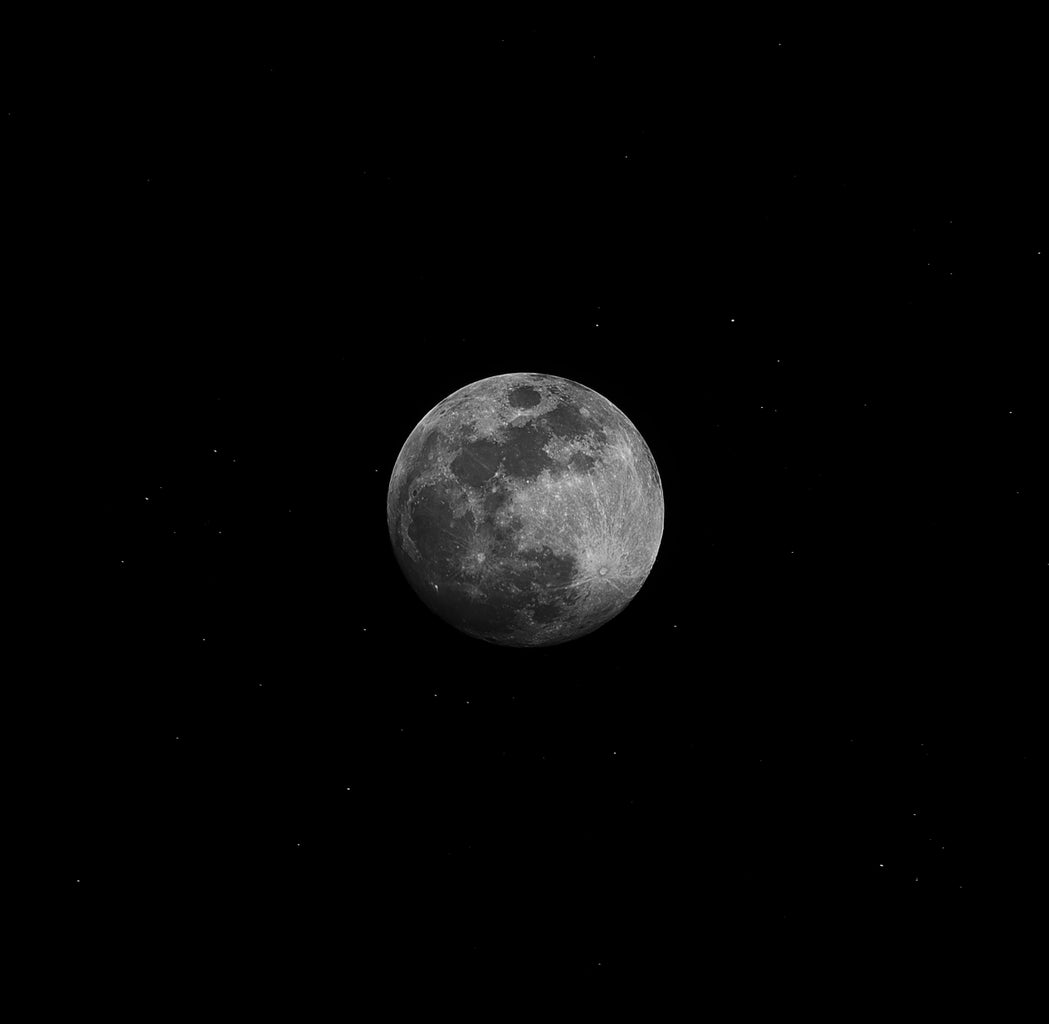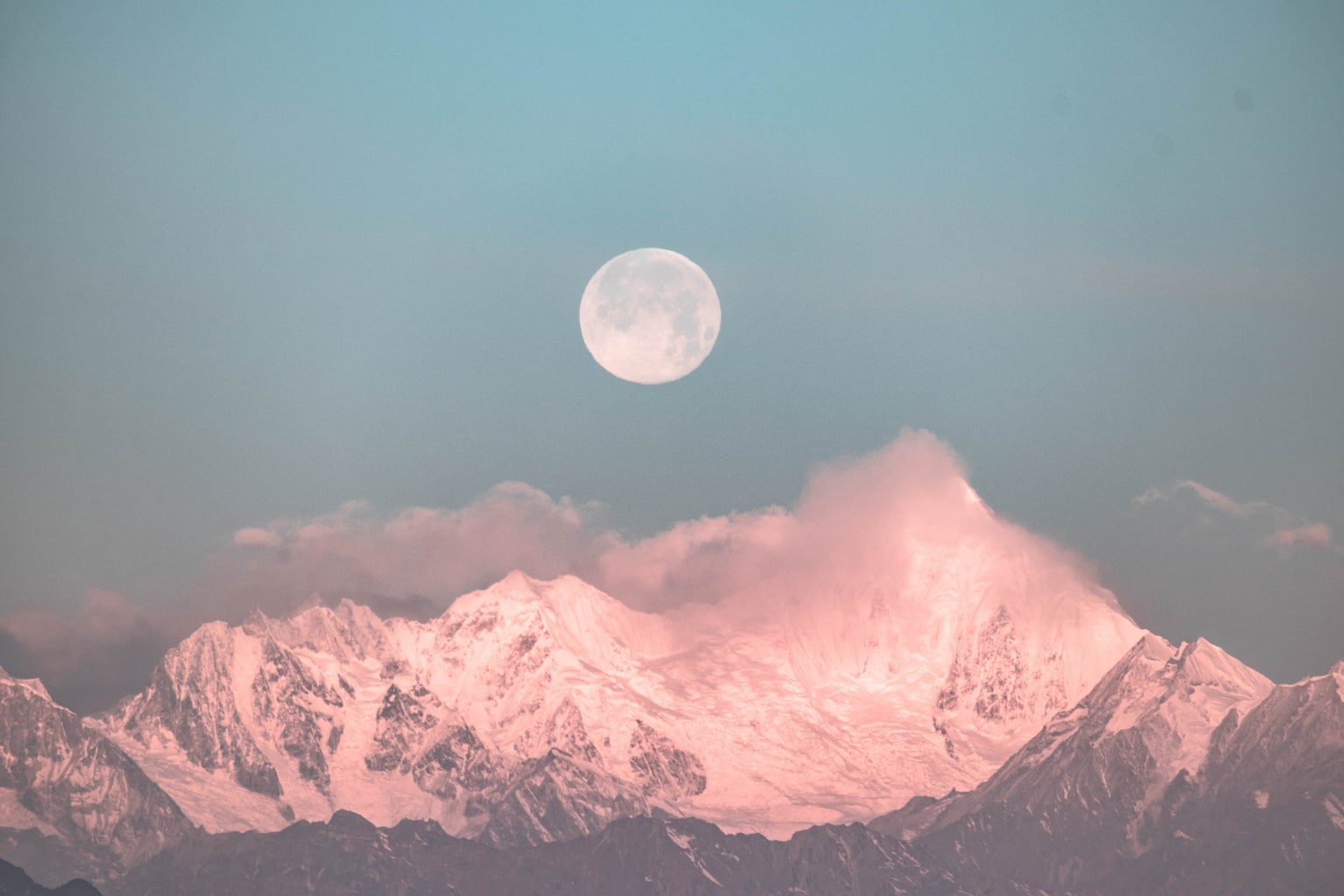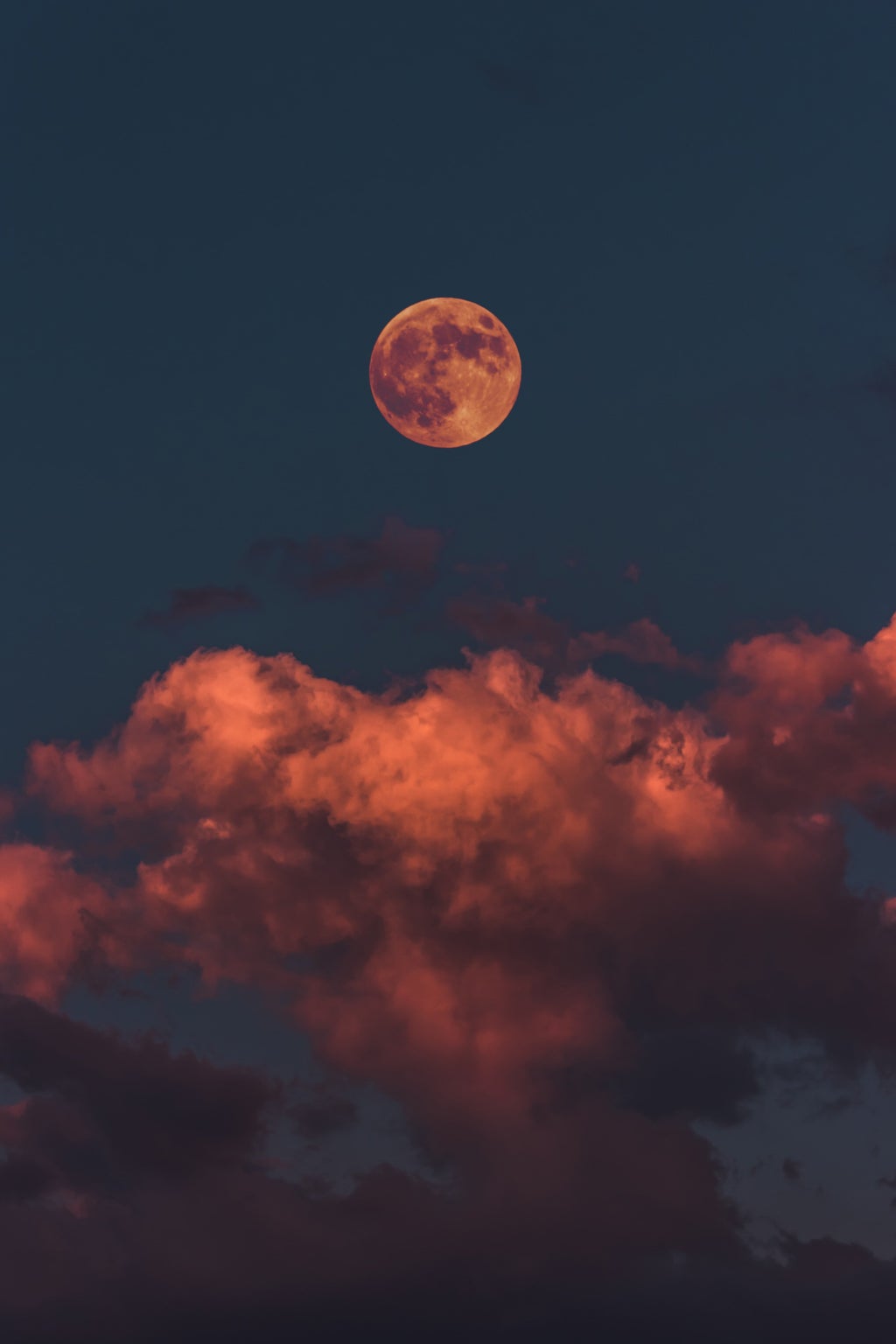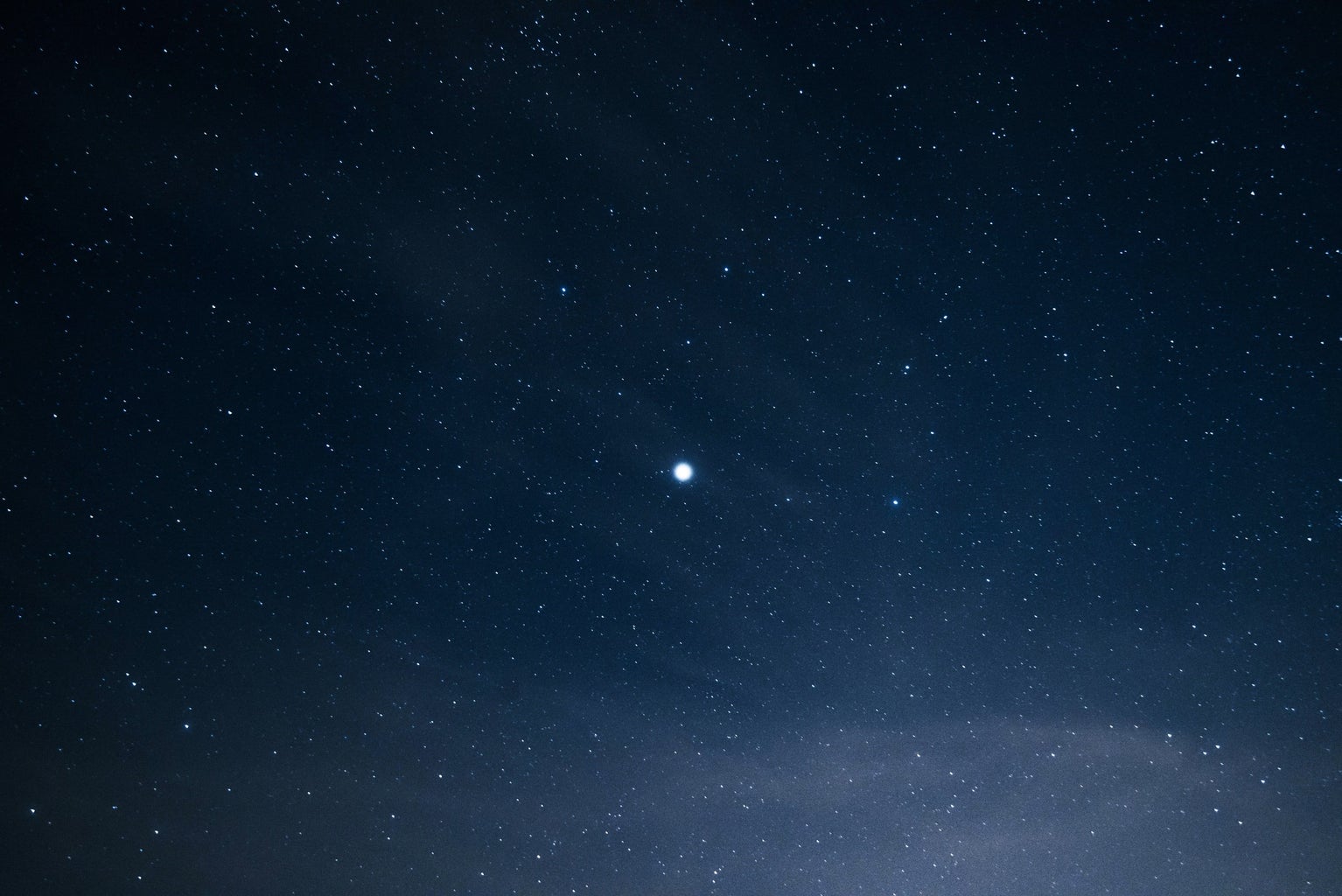Some of you may be wondering what the Wolf Moon is. It sounds like something out of a Harry Potter fanfiction. Funnily enough, it’s a real thing from the farmer’s almanac. It’s basically when the full Moon rises on Thursday, January 28 and reaches the peak of illumination. Thus, why someone would think it has to do with werewolves.

Not only does the Wolf Moon illuminate the sky greatly, but it also comes with the winter constellations. The winter constellations of Orion, Taurus, Gemini, and Canis Major are in the same area as each other. Orion’s belt can be seen in cities like Los Angeles, but in the southern hemisphere, it’s a bit different. They’re actually able to see the three stars associated with Argo Navis, otherwise known as Jason’s Ship. Canopus made a debut that night as the second brightest star in the sky. According to the Ojibwe people, it would be called The Spirit moon.

As mentioned earlier, the Ojibwe and Maori people believe in something different from the Farmer’s almanac’s needs. While the Ojibwe do believe in it as the Spirit Moon, they have it marked as a prayer time.
The Cree people call it “Opawahcikanasis”, otherwise known as the Frost Exploding Moon, due to the sound of trees crackling from the winter frost, which is a common occurrence in Canada.
The Moari people have a different approach to the Moon as well, as their time is measured in Lunar month between the new moon. Meaning a full moon would be the middle of the month, which is a time called Hai-tanguru. It refers to “the foot of Rūhī rests upon the earth.
In China,the full moon falls during the 12th month of the lunar calendar. This is called Làyuè, or “Preserved Month;” it basically means they’re to preserve foods for the spring festivals.
Paganism & the Wolf Moon, usually has a lot to do with a time of purification, and purification spells. This is a time where amelets are made, and the rituals of burning written charms for their magic to be released.
Ix Chel, or Lady Rainbow in English, was the old Moon goddess to the Mayan people. She was depicted as a Goddess who would help predict away from times of war. So, to the Mayan’s this was a perfect time to check on the predictions. Surprisingly, her spouse was the benevolent Moon god Itzamna.

There isn’t really much to it. It was dubbed by farmers as the “Wolf Moon” because it was a time for wolves to gather in packs and start hunting and searching out territory. I personally had envisioned farmers taking more precautions to protect their farm animals during these times from the wolves.

Each moon phase is called something different. They each have a different meaning as well behind their names. Thus, creating nice stories to match them.
In February the moon is called a Snow Moon, this is due to harsh weather and lack of food from the harsh weather.
While in March, it’s called the Full Worm (or Crow) Moon. This signals that the worms are ready to rise up, and the crows to come to eat them. This shows that it is finally the end of winter.

Despite most people not having a professional telescope, you can actually see the Moon’s surface with a child’s play telescope, binoculars, or even the zoom button on your phone.
The “dark side” of the Moon is actually very cold, and cannot be seen by a telescope.
Last year, NASA actually partook in its first all women’s moonwalk.
Some places, like York University’s observatory, actually does a show with close-ups of the Moon and how it looks on those days.



